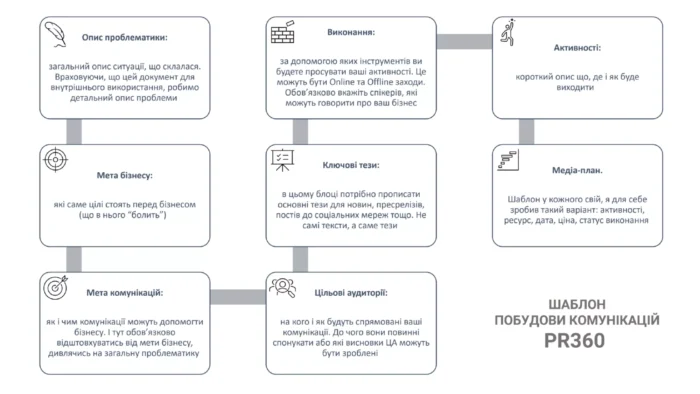Report like a PR professional: how to wrap your reputation work into business-friendly numbers

PR is about meanings, reputation and influence, so what kind of reports can we talk about? Communications may seem too abstract to some to measure with numbers and indicators. However, that’s how business thinks. Otherwise, it is impossible to convince them of the effectiveness of a PR department or external agency or the need to allocate a specific budget for a campaign. So let’s talk about reports, as I promised in the article about working tools in PR.
When do we prepare reports and what are they? Reporting is necessary to track the effectiveness of a PR campaign in the process. To do this, we make interim express reports, which contain only quantitative indicators. When a PR campaign has passed a certain stage or is completed, we delve deeper into the numbers. Qualitative indicators are added to the quantitative indicators – the weight of the media, the list of reprints. In the end, it is important to make a large report in which we calculate the cost part. That is, how much the customer spent on one attracted user. This indicator depends on many factors. If we are talking about large and long-term information campaigns, it can be about 1 cent.
The simplest reporting is in terms of social networks and messengers. They came into our lives much later than online media, so they have to somehow “prove” their effectiveness, including for PR. Therefore, their metrics easily “give” the necessary numbers. And they easily add up to an understanding of whether the message reached the audience and to whom.
The situation is more complicated with media coverage. If you do not have constant monitoring, you will only see details, not the whole picture. This can be disorienting. For example, in the conventional “today” the media field around your business is quiet and nondescript, and if we take another period, there may be a lot of negativity without positive mentions. And even when everything is fine in social media.
The criteria for reporting on media are the weight of the resource itself, where the materials are posted, and reach. And here are the problems that often arise with the latter. The view counter on the site is either missing or not working correctly – this is a very common situation. Yes, there is a business measurement tool from the company SimilarWeb, but it is far from cheap. Therefore, in terms of reporting, the media lose a lot to social media, and this is a headache for PR people. But there is also a plus – the material in online media remains there forever and easily falls out in monitoring. What can not be said about our next hero – television.
And what about television? It is still in demand in society, although it cannot compete with social media in any way. To measure reach, there is a Nielsen methodology, but due to the full-scale war in Ukraine, the company is not yet working on the market. And there is another nuance – if the television video content was not published on the same YouTube or on the channel’s website, it simply “disappears”.
However, we have a personal methodology, crystallized by years of experience in PR campaigns for businesses of various scales. We prepare a large report on the complatform. In one document – everything that the customer needs. What materials were published where and when, what results it gave, how much money was spent. This is a holistic picture of communications, which reduces PR to numbers understandable to business. And this is about transparency and the ability to report even on quite abstract things.


